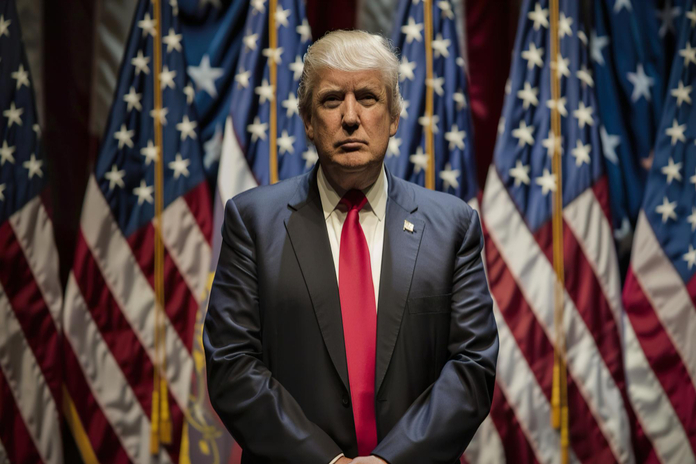Opportunities in Volatility: Navigate Crypto Market Trends with KuCoin Trading Bots
This post was originally published on this site
VICTORIA, Seychelles, March 14, 2025 /PRNewswire/ — KuCoin, a global leading cryptocurrency exchange, is excited to announce the release of its latest market trend and trading bot strategies report for March 2025. This detailed production is designed to empower traders by enhancing their understanding of the crypto market and refining their trading techniques.

This new report is set to support both novice and experienced traders by providing them with a detailed historical analysis of Bitcoin’s performance over the past 13 years, diving into the long-term trends and cyclicality of the market, enabling traders to enhance their understanding of the market landscape.
To help everyone to better keep up with the dynamics of the market, the report features a calendar of key events in March that are expected to impact the crypto markets. This report serves as learning materials with the purpose of information sharing, users are welcome to leverage the detailed information provided in the report to personalize their own analysis and develop trading strategies that align with their individual trading habits and risk appetite.
This is a testament to KuCoin’s ongoing commitment to education and excellence in the crypto trading space. New users are also welcomed to join the latest Trading Bot Carnival to stand a chance of getting various types of rewards. Users are encouraged to read through risk warnings before proceeding to investing.
For a full report and access to the educational resources provided by KuCoin, please visit KuCoin Official Website.
About KuCoin
Founded in 2017, KuCoin is one of the pioneering and most globally recognized technology platforms supporting digital economies, built on a robust foundation of cutting-edge blockchain infrastructure, liquidity solutions, and an exceptional user experience. With a connected user base exceeding 40 million worldwide, KuCoin offers comprehensive digital asset solutions across wallets, trading, wealth management, payments, research, ventures, and AI-powered bots.
KuCoin has garnered accolades such as “Best Crypto Apps & Exchanges” by Forbes and has been recognized among the “Top 50 Global Unicorns” by Hurun in 2024. This recognition reflects its commitment to user-centric principles and core values, which include integrity, accountability, collaboration, and a relentless pursuit of excellence. Learn more: https://www.kucoin.com/.
Disclaimer: This content is provided for general informational purposes only, without any representation or warranty of any kind, nor shall it be construed as financial or investment advice. KuCoin shall not be liable for any errors or omissions or any outcomes resulting from the use of this information. Investments in digital assets can be risky. Please carefully evaluate the risks of a product and your risk tolerance based on your own financial circumstances.

Photo – https://megastockalert.com/wp-content/uploads/2025/03/image_5002362_28273886.jpg
Logo – https://megastockalert.com/wp-content/uploads/2025/03/KuCoin_Horizontal_Green_LOGO_Logo.jpg
![]() View original content:https://www.prnewswire.co.uk/news-releases/opportunities-in-volatility-navigate-crypto-market-trends-with-kucoin-trading-bots-302401870.html
View original content:https://www.prnewswire.co.uk/news-releases/opportunities-in-volatility-navigate-crypto-market-trends-with-kucoin-trading-bots-302401870.html

Featured Image: depositphotos @ akulamatiau

















